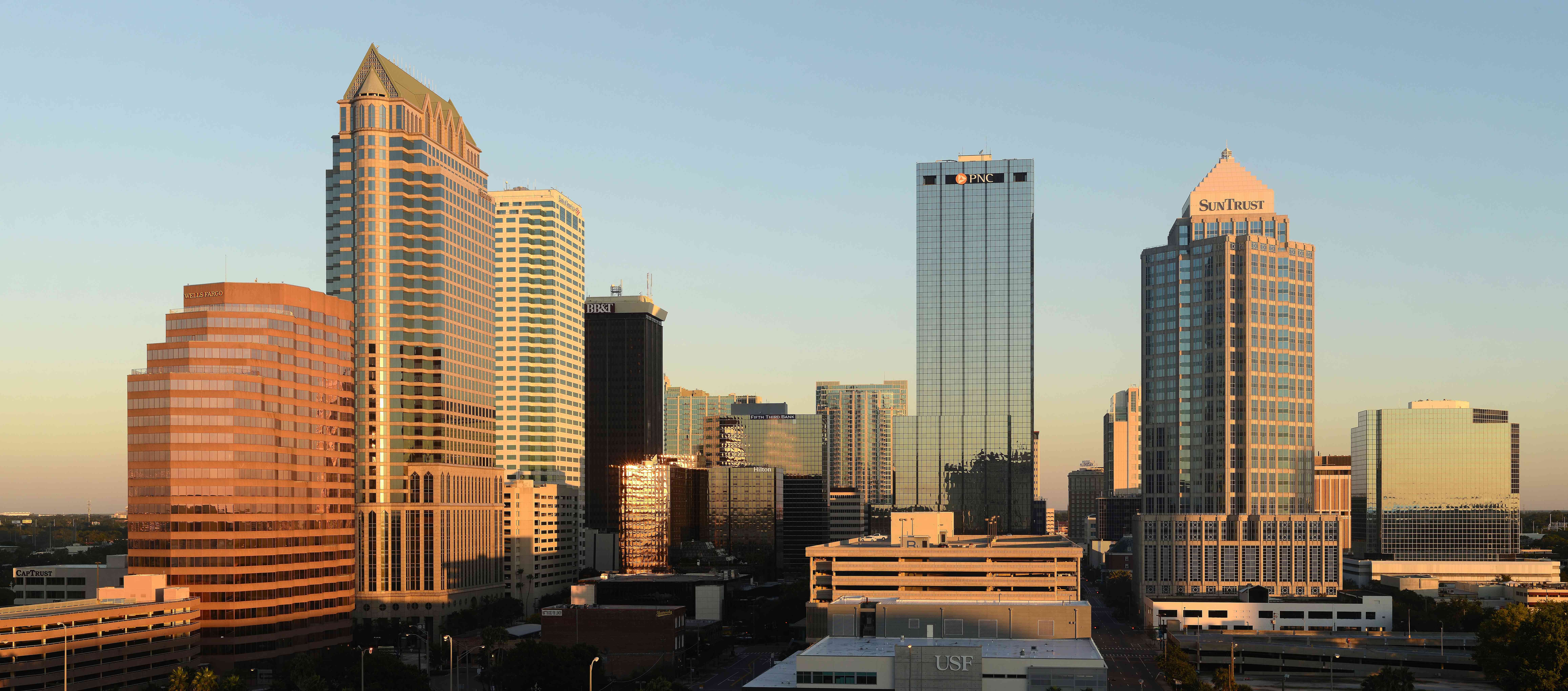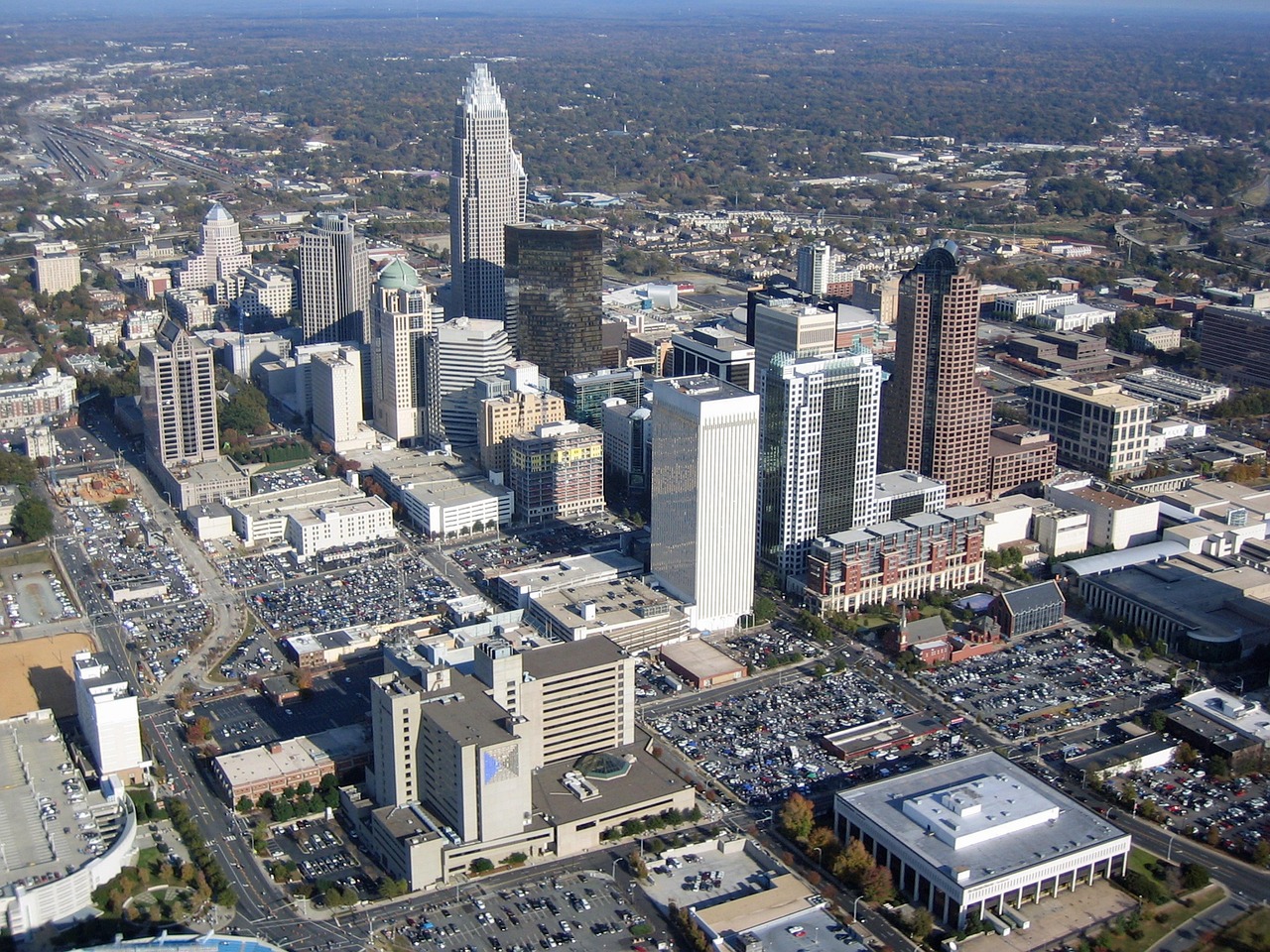Texas: The Lone Star Magnet

Texas continues to draw record numbers of new residents in 2025, with over 450,000 people moving in between April 2024 and April 2025. According to recent U.S. Census Bureau data, Texas saw the highest net domestic migration of any state, largely driven by booming job markets in cities like Austin, Dallas, and Houston. Major companies such as Tesla and Oracle have expanded headquarters in Texas, fueling a tech and manufacturing surge. The absence of state income tax is another major attraction, increasing disposable incomes. Housing remains more affordable compared to coastal states, with median home prices in Texas at $356,000, far below California’s $760,000. The state’s diverse culture, strong education system, and vibrant urban centers only add to its appeal. Texas’ population growth is also pushing new infrastructure projects, from public transit upgrades to expanded highways, creating a sense of momentum that appeals to newcomers.
Florida: Sunshine and Opportunity

Florida’s warm climate and robust economy have propelled it into the top tier of inbound migration for 2025, welcoming over 350,000 new residents in the last year. Data from the Florida Department of Highway Safety and Motor Vehicles shows a sharp rise in out-of-state driver’s license swaps, especially from New York, New Jersey, and Illinois. Florida’s median home price reached $415,000 in early 2025, yet remains competitive when compared to many northern markets. The state also benefits from no state income tax, attracting retirees and remote workers alike. Miami and Tampa are experiencing tech and finance booms, with major firms like Citadel and Blackstone expanding operations in South Florida. Additionally, the state’s tourism sector continues to thrive, supporting hospitality and retail jobs. With over 8,000 miles of coastline and world-class recreation, Florida’s lifestyle remains a powerful draw for families and professionals.
North Carolina: Southern Surge

North Carolina has emerged as one of the fastest-growing states, with net migration exceeding 140,000 people over the past year, according to state demographers. The Research Triangle—Raleigh, Durham, and Chapel Hill—has become a magnet for tech and biotech jobs, with Apple investing $1 billion in a new campus in Raleigh. Charlotte is also booming, attracting banking and fintech talent. Median home prices statewide are at $340,000, providing a relatively affordable cost of living compared to many other growth states. The state’s universities, moderate climate, and access to both mountains and beaches add to its allure. North Carolina also boasts a vibrant arts scene and expanding culinary options, especially in cities like Asheville and Wilmington. Enhanced infrastructure and new business parks signal continued growth, making it a top pick for young families and career movers in 2025.
Arizona: Desert Boomtown

Arizona’s population climbed by over 120,000 in the past year, according to the Arizona Office of Economic Opportunity, cementing its reputation as a top relocation destination. Phoenix remains the state’s powerhouse, recording the fastest population growth among major U.S. cities. The tech sector in Phoenix and Tucson is expanding rapidly, with companies like Intel and Taiwan Semiconductor Manufacturing Company investing billions in new facilities. Arizona’s median home price, now at $429,000, has risen but is still attractive compared to the West Coast. The state’s warm, dry climate appeals to retirees and remote workers escaping harsher northern winters. Outdoor recreation, including hiking and golf, is a major draw, with Sedona and Flagstaff attracting nature lovers. Arizona’s lower taxes and business-friendly policies are also enticing entrepreneurs and small business owners.
Georgia: Southern Capital of Growth

Georgia’s net migration rate soared in 2025, with over 110,000 newcomers, according to the Georgia Department of Community Affairs. Atlanta’s tech corridor is thriving, with Microsoft, Google, and Apple all expanding their regional footprints. The city’s diverse economy and status as a transportation hub make it a hotspot for job seekers. Georgia’s median home price stands at $325,000, and the cost of living is significantly lower than in many northern and western states. The state’s cultural scene, highlighted by music, film, and food, continues to evolve, drawing young professionals. Secondary cities like Savannah and Augusta are also seeing rapid growth, offering a blend of history and modern amenities. Georgia’s strong higher education network, including Emory and Georgia Tech, is fueling both talent retention and inbound migration.
Tennessee: Music, Mountains, and Migration

Tennessee experienced an influx of nearly 90,000 new residents in the last year, as reported by the Tennessee Department of Economic and Community Development. Nashville’s booming entertainment industry and Memphis’s logistics sector have become employment engines for the state. Median home prices are at $340,000, with affordable options still available in suburban and rural areas. Tennessee’s lack of state income tax is a powerful incentive, especially for retirees and high earners. The Great Smoky Mountains and vibrant music culture offer a unique lifestyle not found in other states. Chattanooga and Knoxville are also drawing tech startups and remote workers, driven by gigabit internet and a supportive business climate. Tennessee’s friendly communities and lower crime rates enhance its appeal to families and individuals seeking a fresh start.
South Carolina: Beaches and Business

South Carolina’s population swelled by 85,000 over the past year, with Charleston, Greenville, and Myrtle Beach leading the charge, according to the South Carolina Revenue and Fiscal Affairs Office. The state’s robust manufacturing sector, anchored by BMW and Boeing, continues to provide well-paying jobs. Charleston’s median home price just topped $410,000, but many smaller towns remain affordable. South Carolina’s mild climate and beautiful Atlantic coastline attract both retirees and young families. The state’s favorable tax structure and low cost of living are significant incentives for relocation. Greenville has become a hub for startups and arts, while Myrtle Beach remains a top choice for those seeking a laid-back lifestyle. The combination of economic opportunity and recreational amenities keeps South Carolina high on relocation lists for 2025.
Idaho: The Quiet Boom

Idaho continues to surprise, with over 55,000 new residents moving in from April 2024 to April 2025, according to state population estimates. Boise, the state capital, has seen a surge in tech startups and remote workers, making it one of the fastest-growing small cities in the country. The median home price in Boise is $482,000, up from previous years but still more accessible than many West Coast markets. Idaho’s abundant outdoor recreation—skiing, hiking, fishing—draws those seeking an active lifestyle. The state’s low crime rates and highly ranked schools make it attractive to families. Idaho’s agricultural sector is expanding, creating opportunities beyond urban areas. In 2025, the state’s blend of economic growth and untouched natural beauty keeps it firmly on the radar for Americans seeking change.
Colorado: Mile High on the Move

Colorado welcomed over 50,000 new residents in the last year, according to the Colorado State Demography Office. Denver’s diversified economy, spanning tech, aerospace, and healthcare, continues to attract professionals nationwide. Boulder is a hotspot for research and innovation, with the University of Colorado leading the way in biotech and environmental sciences. The state’s median home price hit $560,000 in 2025, reflecting sustained demand. Colorado’s stunning natural scenery offers four-season recreation, from skiing in Aspen to hiking in Rocky Mountain National Park. The state’s focus on sustainability and outdoor living is especially appealing to younger generations. Quality of life, robust job markets, and a culture of health and wellness cement Colorado’s place among the top states Americans are choosing in 2025.


